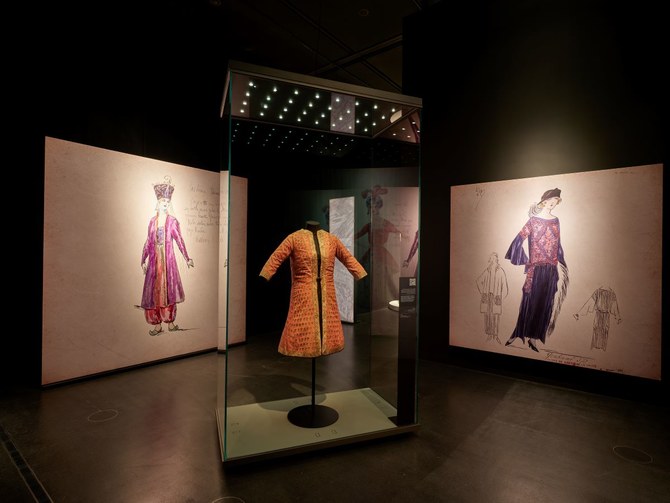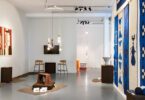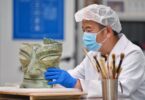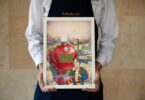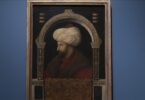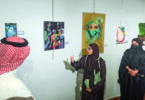DOHA: With their luxurious feel, intricate patterns and rich colors, luxury textiles played a crucial role in the socio-cultural and economic life of Safavid Iran. An exhibition at the Museum of Islamic Art in Doha, Qatar, titled “Fashioning an Empire: Safavid Textiles,” runs until June 22 and explores the development of the silk industry under Shah Abbas, the fifth shah of Safavid Iran from 1588 to 1629.
Born out of a collaboration with the National Museum of Asian Art in Washington, DC, where the exhibition was staged from Dec. 18, 2021, to May 15, 2022, the show looks at the beauty of the objects on display within a wider socio-historical context.

“I believe the relevance of the show relies on the fact that we look at a material that is usually not associated with power, politics, economics, growth, even military strength, but instead it was really the backbone of the Iranian strength and might around the 17th century,” Nicoletta Fazio, lead curator of the exhibition, told Arab News.
“The exhibition is an opportunity to look at the objects we have in the collection, and this has nothing to do with Islamic art or history of Islamic civilizations per se, but it has larger scope,” added Fazio. “It helps us to really look at artifacts within their broader context and step away from simple concepts of beauty and sophistication, craftsmanship, which are all in the objects displayed in the exhibition.”
Silk’s complex manufacturing process and luxurious feel have made it a highly prized luxury good. Since the 6th century CE, the area now known as Iran has produced high quality silk that it traded around the world.
During the reign of Shah Abbas, known as Abbas the Great, silk became a state-controlled industry. It contributed to the country’s economic growth by supplying both an eager domestic demand and an export market spanning from England to Thailand.
“They’re all incredible objects of human ingenuity, but they are also objects that are rich in history and one needs only to scratch the surface to see how much wider their significance can be for an understanding of the past, and hopefully be also a lesson for the present,” Fazio said.
Courtesy: arabnews

